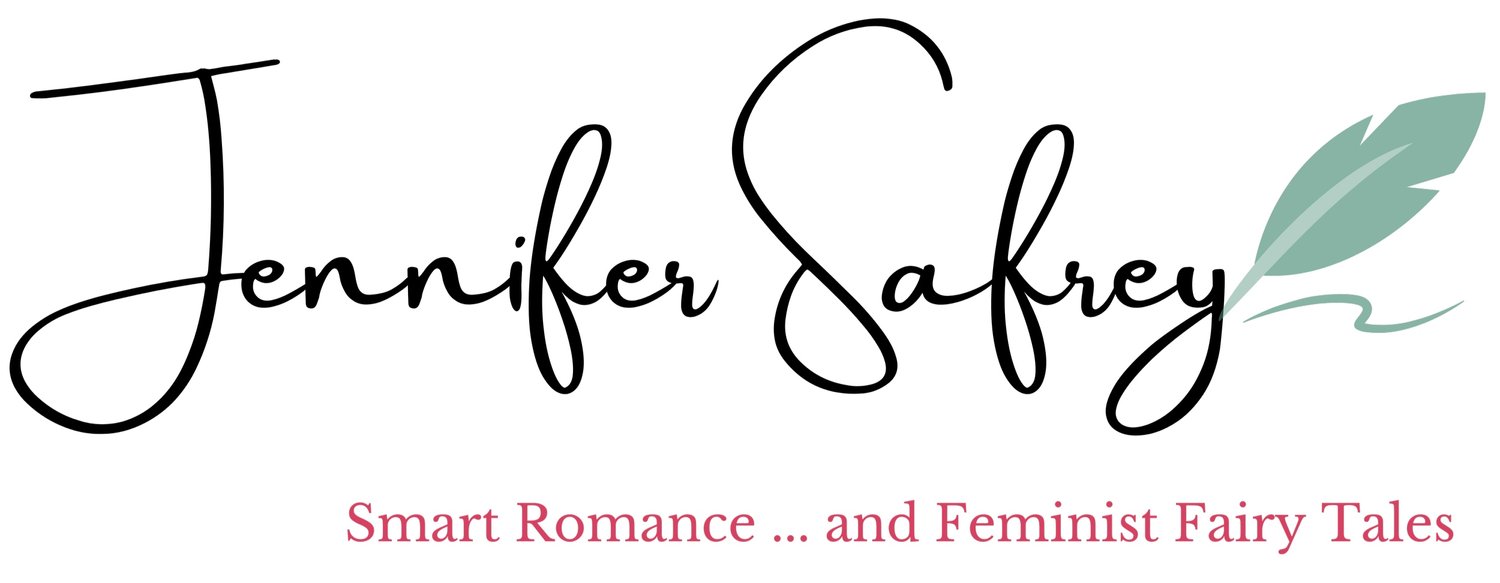Just Fill In the Numbers
I’m so excited about this new project. And the problem with being so excited about a writing project is that the excitement goes hand in hand with a constant anxiety that I’m going to mess it up.
In the writing world, there are two kinds of novelists: “plotters” and “pantsers.” A plotter PLOTS the entire book before writing it—they use individual combinations of outlining, scene blocking, synopses, mapping, and other methods to get the skeleton of the story complete before sitting down to write the actual prose. Pantsers, however, don’t. They write “by the seat of their pants.” They sit down in front of their computer every day and say, “I wonder what’s going to happen,” and then they write.
I pantsed all my books before I took my decade-long break. And I hated writing. I loved editing and revising, but the draft process was a nightmare. I kept writing myself into holes and wasting time. I kept having to stop to figure things out. Yet I proudly wore my pantser identity proudly, like I was the in the imaginative, exciting club, and plotters were boring nerds.
Now, years later, I don’t have the time I used to have. I mean, I don’t have as much time in my life left. I want to write as many books as possible. I want my career to flourish. I decided to become a plotter, because I don’t have the time to waste meandering around a Word document.
I started my new life as a plotter for National Novel Writing Month 2019 by writing an extended synopsis and referring to that as I drafted. Was my first draft perfect? No way, but it never is. But what I was able to do was write every day without the feeling that I didn’t know what came next. And it didn’t stifle my creativity in the least. In fact, it took a lot of pressure off and allowed me to concentrate on dialogue and details without the stress of not knowing the big picture. It was easier.
Now I’m writing a new manuscript with four major characters in four alternating points of view. My target date to start the 4-month first-draft process is May 1. I created arcs for each character, with corresponding plot points in a hero’s journey until I had a nice, solid overview of each character’s story.
Great, I thought, that’s progress. Now all I have to do is create the scenes, one by one, and when I have those, I have a road map for a draft.
I sat down to scene-block, then … I may have become the first writer in generations to be completely stuck after one scene. I just sat there. What is going on? I thought. I knew the full story. But the scene by scene, the getting the characters here and there, was at a standstill. They were all stuck in the first scene, staring at me with expectation, as I sweated.
How do I fill in all the gaps? I wondered.
I had some scenes but not others.
Like … a Sudoku.
If you don’t know how to play Sudoku, I’m almost afraid to tell you because once most people learn, it becomes a bit of an obsession. Simply put, it’s a grid in which numbers are filled in for you and you fill in the rest so you have numbers 1-9 in each row, each column, and each box. The easier the Sudoku, the more numbers are pre-filled in for you. The more difficult, the fewer numbers you’re given to start with.
The plot is a Sudoku, I realized. And I stopped trying to scene-block in chronological order. Instead, I made scene cards for all the scenes I already know need to be there, the ones I already see in my head. These are my pre-filled in numbers.
Now, all I need to do is fill in the holes—the scenes in between—to make each plot line complete.
And that’s what I’m doing now, one by one.
It’s so much easier to see from above than to see what’s just in front of you.

